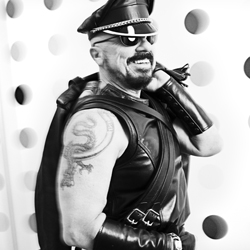Top 184 Quotes & Sayings by Frank Gehry - Page 2
Explore popular quotes and sayings by an American architect Frank Gehry.
Last updated on November 25, 2024.
I think you've got to accept that certain things are in process that you can't change, that you can't overwhelm. The chaos of our cities, the randomness of our lives, the unpredictability of where you're going to be in ten years from now - all of those things are weighing on us, and yet there is a certain glimmer of control. If you act a certain way, and talk a certain way, you're going to draw certain forces to you.
I know I draw without taking my pen off the page. I just keep going, and that my drawings I think of them as scribbles. I don't think they mean anything to anybody except to me, and then at the end of the day, the end of the project, they wheel out these little drawings and they're damn close to what the finished building is and it's the drawing.
Creativity is about play and a kind of willingness to go with your intuition. It's crucial to an artist. If you know where you are going and what you are going to do, why do it? I think I learned that from the artists, from my grandmother, from all the creative people I've spent time with over the years.
If you're serious about being an architect, you've got to learn how to take responsibility. It's not fluff. You have to do every detail on every bloody piece of the building. You have to know how the engineering works. You have to know how the fittings go together. You have to master the mechanical, electrical, acoustical - everything.
One of my unsung heroes is Erich Mendelsohn. I met him when I was a student and he was a cranky old man and very unpleasant. But if you go to his Einstein Tower in Potsdam, Germany you see an enormous intellect at work with a language that was personal and new. It has a sense of urban design and of theater and procession I hadn't seen before.
























